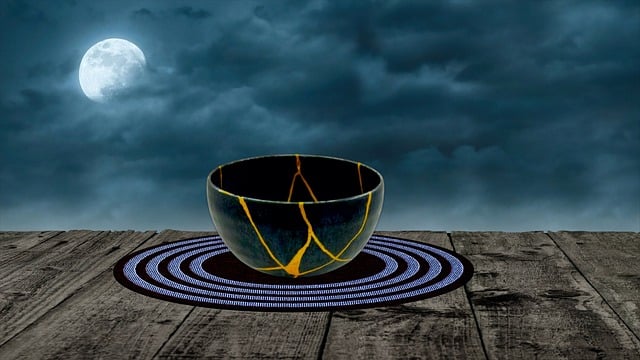Why do our mental images stay sharp even when we are moving fast? A team of neuroscientists led by Professor Maximilian Jösch at the Institute of Science and Technology Austria (ISTA) has identified a mechanism that corrects visual distortions caused by movement in animals. The study, conducted in mice, identifies a core function that can be generalized across the vertebrate visual system, including primates such as humans. The findings are published in Nature Neuroscience.
Despite its rapid development in recent decades, the video camera industry is still catching up with the capabilities of the human eye. In particular, action cams are designed to capture footage while immersed in the action. As we judge footage quality and the need for fancy equipment and optimization software based on the abilities of the human eye, a question arises: How do our eyes do it so well?
Researchers led by Professor Maximilian Jösch at the Institute of Science and Technology Austria (ISTA) have now answered this question with a technical tour de force. The three scientists and co-first authors Tomas Vega-Zuniga, Anton Sumser, and Olga Symonova combined a range of state-of-the-art techniques to identify a brain region in the mouse that can predict and minimize how movements distort the visual signal. This brain region, residing deep in the brain, literally copies the brain's motor commands to suppress movement-induced distortions. "We show that the image correction happens very early during visual processing—before the information is transmitted to other areas of the brain that are known to represent more complex visual features," says Jösch. "Thus, we demonstrate that the mammalian brain devises strategies to compensate for movement efficiently by predicting its effects on vision."
Formula 1 footage without postproduction
The scientists pinpointed the "ventral lateral geniculate nucleus" (vLGN) as the brain region responsible for this built-in high-tech video optimization software. It is located in the lateral thalamus, an egg-shaped structure in the center of the brain, below the cerebral cortex. The researchers found that the vLGN integrates various motor and sensory signals from throughout the brain, and acts as a hub to compute a comprehensive corrective signal. One example is the 'unblurring' of visual signals as soon as the eye moves. This allows later stages of visual processing to be computed much more efficiently. "Think about strategies to get good video footage during a Formula 1 race. Because the cars are moving so fast, the exposure time has to be reduced to make the final footage less blurry," explains Jösch. Such footage can be broadcast live on television without any post-production. This is roughly what the vLGN does to help us distinguish our own motion from that of the world around us. However, unlike a stationary camera showing the cars racing by, the brain's vLGN processes signals similarly to the Formula 1 'driver's eye' onboard footage, dynamically compensating for the motion to stabilize what we perceive.
A core function that flew under the radar
Previous work has searched for a mechanism that effectively adjusts vision during motion. Much of this work has focused on studying saccadic eye movements in primates. Saccades are rapid shifts of the center of gaze from one part of the visual field to another, a movement that should theoretically blur or create a mental image—but does not always do so. However, these studies focused on cortical structures that are involved in much later stages of the visual processing pathway. As opposed to this, our sensory system is constantly 'bombarded' by various types of movements. So, the earlier the brain can compensate for movement in vision, the better, explains Jösch. "Our findings were likely not observed until now because we had been looking at stages in the visual processing pathway where the image had already been corrected." Now, the ISTA scientists hypothesize that their findings on the vLGN in mice represent a core function in the mammalian brain. "Similar structures exist in primates, and this is very likely the case for humans, too. This makes our results very exciting," says Jösch.
A virtual reality system to image the brain in vivo
Among the cutting-edge technologies the ISTA scientists used was a custom-built two-photon calcium imaging microscope. This technique allows the team to measure vLGN neuronal activity in the intact brain while the mice are awake and are behaving normally in a virtual reality system. "With this setup, we can look into the brain of a mouse and observe the activity of the vLGN nerves while the mice are wandering through a virtual world," says Jösch. Using this method, the team discovered that the vLGN receives very specific copies of behavioral instructions that can be used to 'unblur' visual distortions during movement. "This paper was a real technical tour de force, using multiple approaches to gain a comprehensive understanding of the role of the vLGN in the mouse brain," says Jösch. "We are excited to see where the follow-up studies will take us."
-
Information on animal studies
To better understand fundamental processes, for example, in the fields of neuroscience, immunology, or genetics, the use of animals in research is indispensable. No other methods, such as in silico models, can serve as an alternative. The animals are raised, kept, and treated according to strict regulations.






